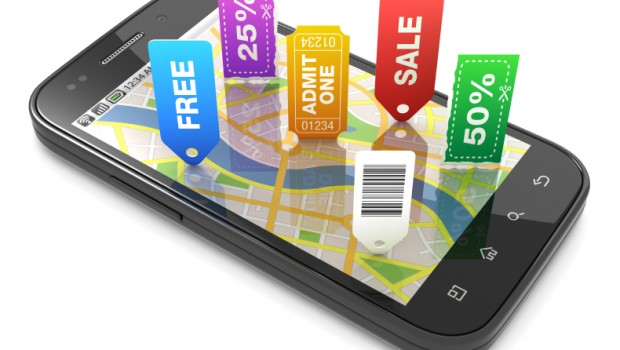Mobile Marketing Basics
How Can Your Business Reach Mobile Visitors?
Mobile marketing is on the rise—because mobile usage is exploding! One study recently found that among people who have smart phones, the average usage per day is 3 hours! In the most recent report from the US Bureau of Labor Statistics, Americans over the age of 15 spend only 2.8 hours per day watching television. Clearly, smart companies need to find ways to get their marketing messages to prospects through the mobile medium.
- On your website. If your website is not mobile-responsive, that is the place to start your mobile marketing investment. Mobile responsiveness allows visitors to your site that are using mobile devices to see the same information that someone using a laptop computer would see—but the elements on the page are automatically rearranged to be better displayed and more readable than the format that computer users see.
- On your own app. Many businesses can benefit from creating their own mobile app. You don’t have to be a large retailer like Amazon, Target or Zulily. A mobile app provides a one-click way for you to engage with your customers and potentially push notifications of events and special offers to them. If you want to explore what your own app could do for your business, contact 1st Click Consulting for assistance with both a marketing strategy and locating a reliable app developer.
- Social media app advertising. The most popular mobile app in the world is Facebook, followed closely by YouTube. If you look at the apps you have downloaded on your phone, you will probably find a number of social media apps—Yelp, Twitter, Instagram, TripAdvisor, FourSquare, etc. All of these social media sites provide opportunities for in-app advertising.
- Other in-app advertising. Game apps. Search apps. Map and directional apps. News apps. Music apps. It is possible to advertise on all of these and more. In fact, there are a number of apps available that center around personal interests. These include professional sports teams apps, apps for hunters, skiers, travelers, bicyclers, runners, hikers, cooking and gourmet food enthusiasts, wine lovers, and craft beer aficionados. And that just scratches the surface. Google AdWords extends its pay-per-click services to many of these apps. And, there are hundreds of other aggregators that offer in-app advertising platforms, so that you can target potential customers on the basis of their location, demographics, interests, etc.
Jupiter Research has estimated that in-app mobile ad expenditures will reach $16.9 billion by 2018, compared to $3.5 billion in 2013. App downloads will also increase exponentially by then, of course. Still, the majority of in-app advertising will be allocated to social mobile giants like Facebook and Twitter, according to the company.
My message to the kind of small and mid-size companies that I typically work with is simple: You don’t have to be a large enterprise to have success with mobile marketing. In fact, mobile marketing is new enough that there is still lots of untapped potential for smaller businesses—especially those that serve a local market.
That’s because one of the most powerful aspects of mobile marketing is the geo-targeting that it makes possible. For some types of business, the ability to deliver special offers to someone just because they are near the business’s location (even temporarily!) makes mobile marketing more effective than any other advertising medium.
If you are interested in pursuing mobile marketing, give us a call at 720-341-6336. We can help you determine whether it is a good fit for your business.

